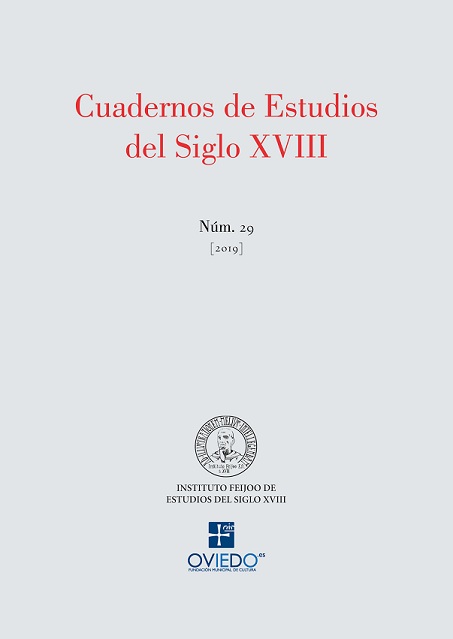Resumen
RESUMEN
La Ciudad de México es un ejemplo paradigmático de un asentamiento en un territorio en riesgo. Durante el periodo colonial, los cambios ecológicos que en el valle de México se produjeron tuvieron como consecuencia un aumento en la frecuencia e intensidad de las inundaciones. En nuestra contribución analizamos el impacto que tuvo el evento de inundación de 1714, sus causas y las decisiones que se tomaron por las autoridades civiles para la reconstrucción y la prevención. Especialmente dedicamos un importante interés al conflicto que hubo en Nuestra Señora de Guadalupe debido a las modificaciones del cauce del río Guadalupe por la Hacienda de Santa Ana Aragón, que provocaron el anegamiento de la población.
PALABRAS CLAVE
Ciudad de México, inundaciones, desastre, siglo XVIII, ciencia y técnica.
TITLE
The fl ood of 1714 in Mexico City: a paradigmatic example of the dichotomy between natural risks and economic interests
ABSTRACT
Mexico City is a paradigmatic example of a settlement in a territory at risk. During the colonial period, the ecological changes that occurred in the Valley of Mexico resulted in an increase in the frequency and intensity of floods. In our contribution we analyze the impact that the flood event of 1714 had, its causes and the decisions that were made by
the civil authorities for the reconstruction and the prevention. Especially we dedicate an important interest to the conflict that there was in Nuestra Señora of Guadalupe due to the modifications of the course of the Guadalupe River by the Hacienda of Santa Ana Aragón, that caused the flood of the village.
KEY WORDS
Mexico City, floods, disaster, 18th century, science and technology.

